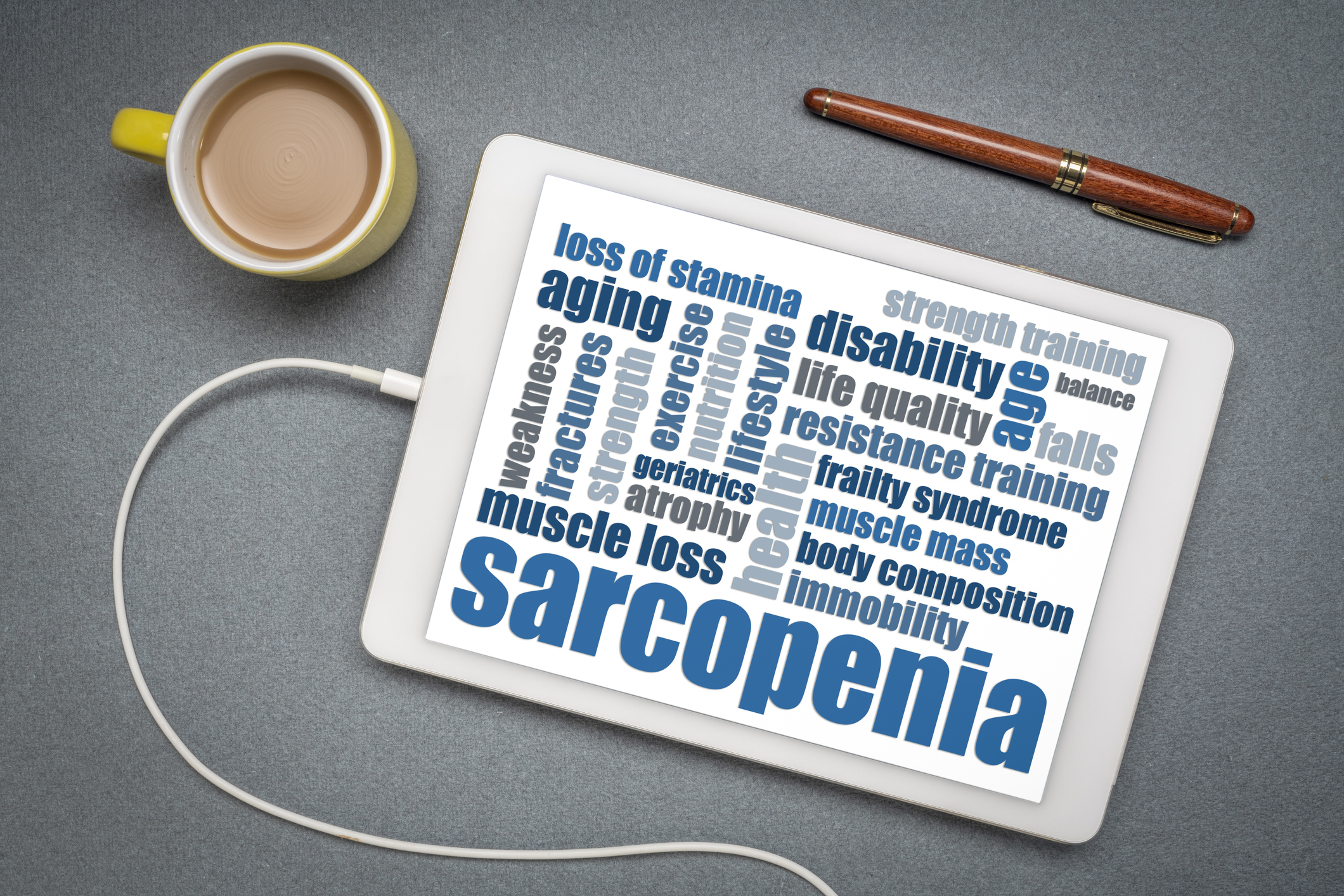

We all know about the risks associated with osteoporosis, and the need to care for our bones as we get older…
And, we all want to avoid the disabling hip fractures that can accelerate our physical decline.
But did you know that losing muscle mass as you age may be even more dangerous to your health?
It’s a lot more serious than experts once thought. The gradual deterioration of your muscles increases the risk of diabetes, heart attack and dementia.
Fortunately, there are steps you can take to slow down this particular part of the aging process…
Sarcopenia: What it is, who is at risk
The loss of muscle mass due to the natural aging process is known as sarcopenia.
Most people begin losing muscle tissue around age 40. With this loss comes a gradual reduction in muscle strength and function. By age 50, as our body becomes less able to convert protein into muscle, we are losing one percent to two percent of our muscle mass every year.
In our 60s and 70s, this loss becomes even more rapid. We lose muscle fibers, and the ones we have are shrinking.
Other signs of sarcopenia include loss of endurance, poor balance, and trouble with everyday tasks like climbing stairs, rising from a chair, even opening a jar.
As our muscles weaken, a vicious cycle begins: it starts with less physical activity that leads to sedentary behavior and greater deterioration.
What causes age-related muscle loss?
Several things happen as we age that contribute to sarcopenia.
- Our bodies become less able to produce the protein our muscles need to grow.
- Changing levels of hormones like testosterone and IGF-1 affect muscle growth and mass.
Lifestyle habits play an important role in how rapidly our muscles deteriorate. A sedentary lifestyle, as well as poor nutrition, contribute to the development of sarcopenia.
According to the International Osteoporosis Foundation, up to 41 percent of women and 38 percent of men over age 50 eat less than the recommended daily allowance of protein.
Why is sarcopenia so dangerous?
Aside from the obvious risks of falling and loss of mobility, research is linking sarcopenia to other devastating health complications:
- Diabetes – With less muscle, less glucose is burned, making it harder to control blood sugar. Of course, diabetes is often accompanied by other complications like nerve pain, vision loss, and kidney disease.
- Osteoporosis – Studies link sarcopenia with a tripled risk for osteoporosis.
- Dementia – In a study published in Clinical Interventions in Aging, people with sarcopenia were six times more likely to have cognitive impairments than those without sarcopenia.
- Heart disease – Sarcopenia is linked to a 77 percent increased risk for cardiovascular disease, perhaps related to the lack of physical activity it causes
How you can keep your muscles strong
As with many health conditions, there are two arenas where you can meet sarcopenia head-on: nutrition and exercise.
Dr. John Morley, director of geriatric medicine at St. Louis University School of Medicine, and Dr. Michael Grossman, an anti-aging specialist, offer these pointers for slowing down muscle loss as you age…
Load up on protein. In a three-year study published in The American Journal of Clinical Nutrition, older adults who ate the most protein lost 40% less muscle than those who ate the least.
Try to get most of your protein from naturally protein-rich foods, rather than from protein-fortified products. Dr. Grossman recommends at least four ounces of protein-rich food daily.
If you like milk, you’re in luck. Whey protein is rich in three amino acids that make up 35 percent of muscle protein. Whey protein powder is also a good option if you aren’t getting enough protein in your diet.
One caution: If you have kidney disease, check with your nephrologist to determine what level of protein intake is healthy for you.
Take Vitamin D. Sufficient levels of this vitamin are crucial for both bone and muscle health. It helps control low-level inflammation that destroys muscle protein.
Get your omega-3s. In a 2012 study, women in their sixties who took fish oil supplements saw significantly greater improvements in muscle strength as a result of strength training.
Exercise
Even if you eat protein, the right kind of exercise is the only way to build muscle.
Walking, swimming, tennis, dancing, and elliptical training are great ways to combine strength training and aerobic exercise, and to work both your upper and lower body muscles.
A note: strength training appears to be good for the mind as well.
A group of Australian researchers had people 55+ do weight-lifting exercises. The subjects all had mild cognitive impairment (which often precedes Alzheimer’s)
After exercising twice a day for six months, the subjects showed a direct correlation between increased muscle strength and improved cognitive functioning.

